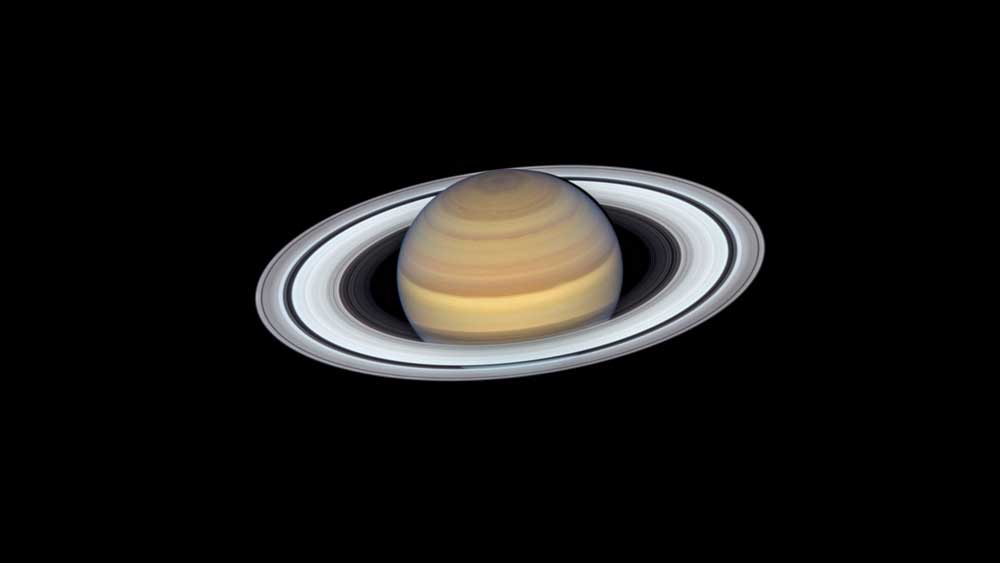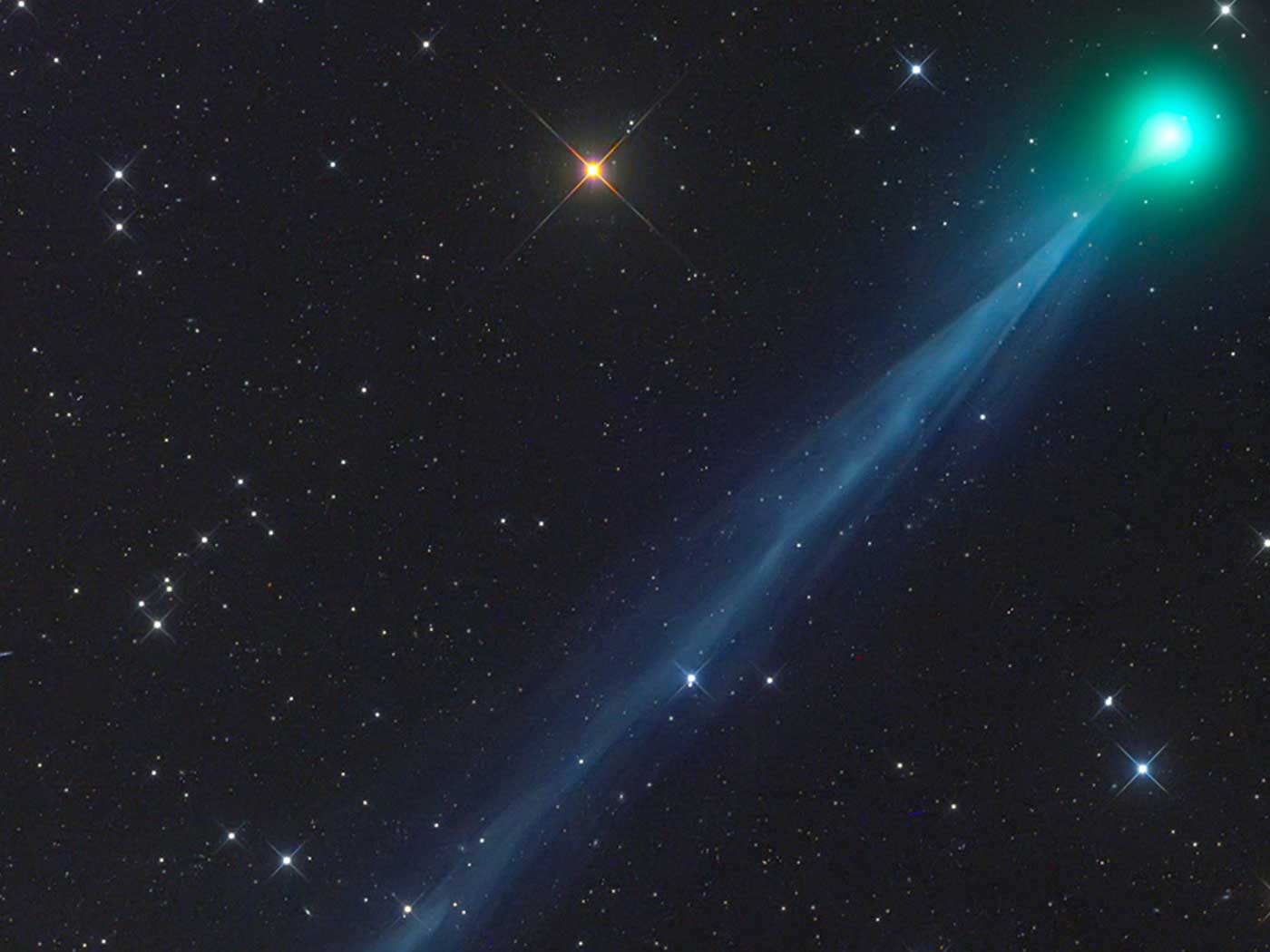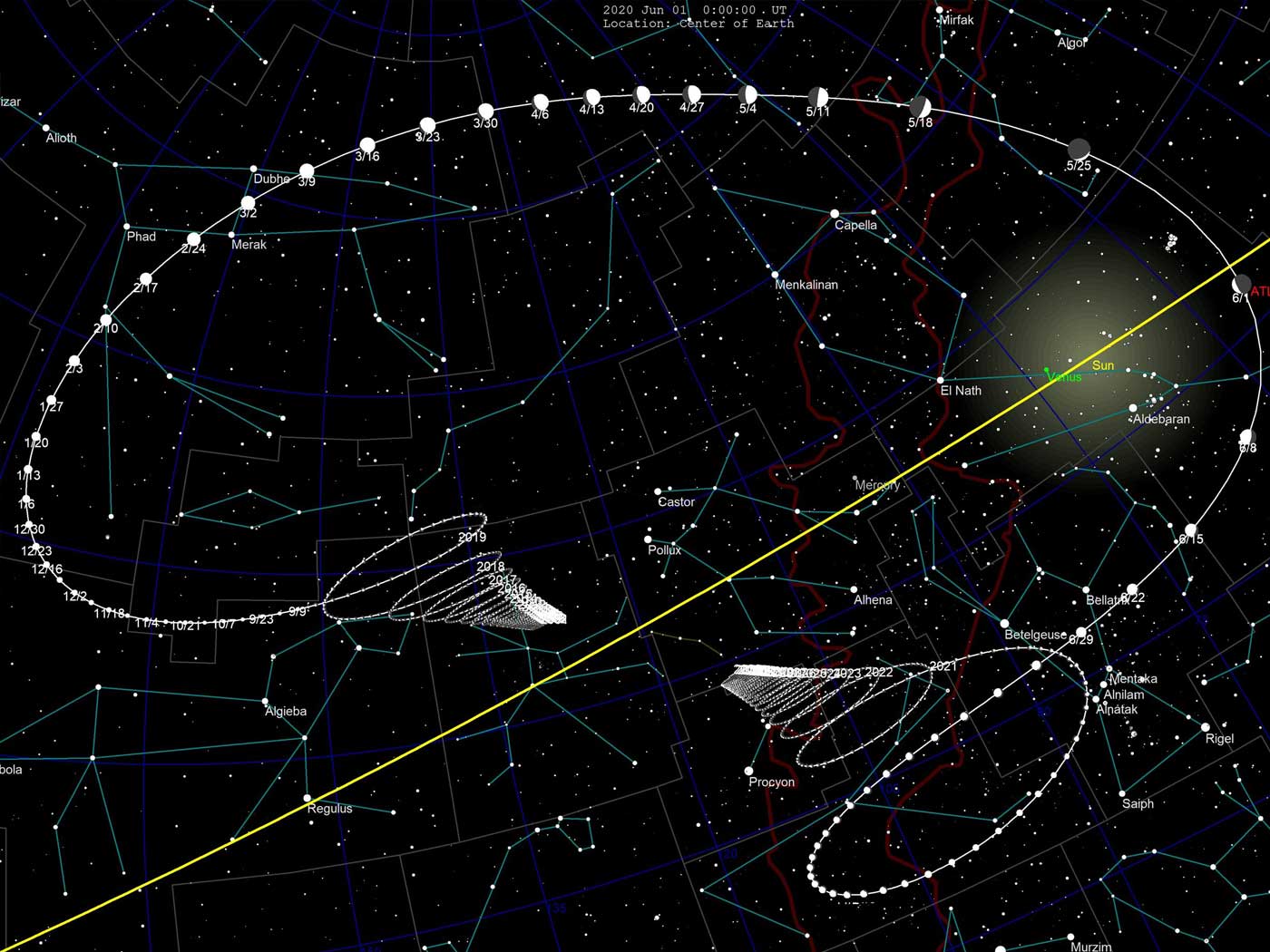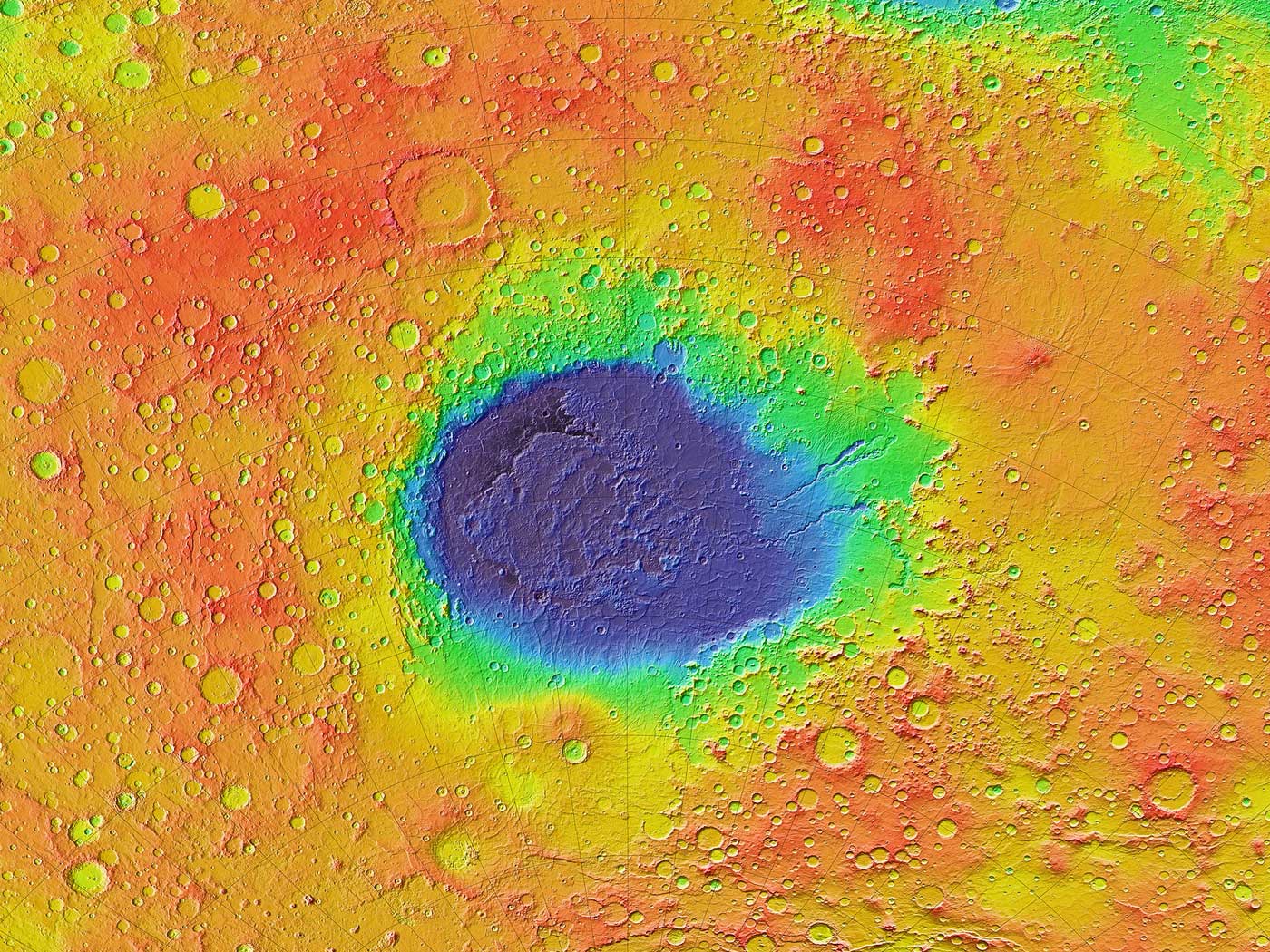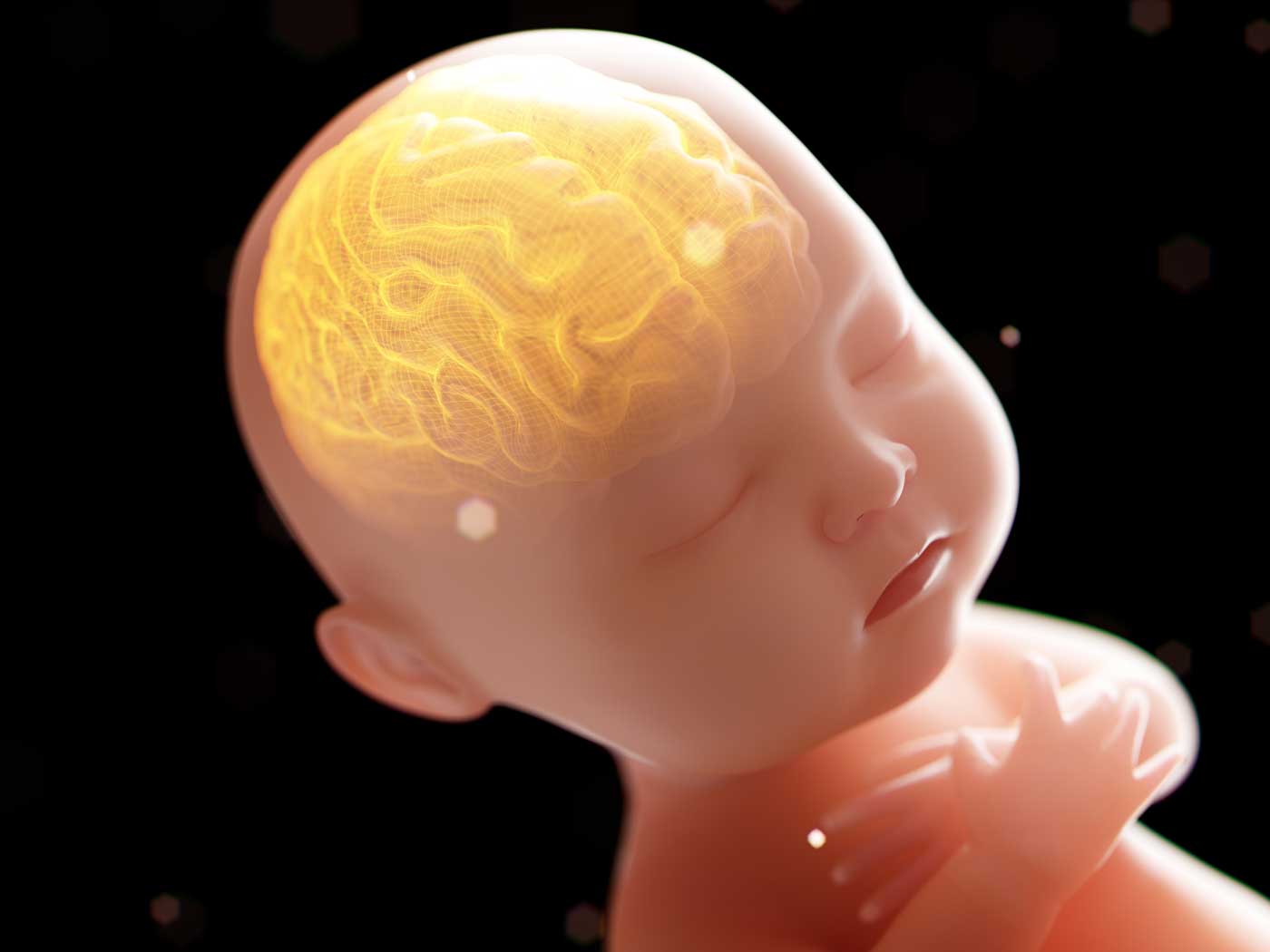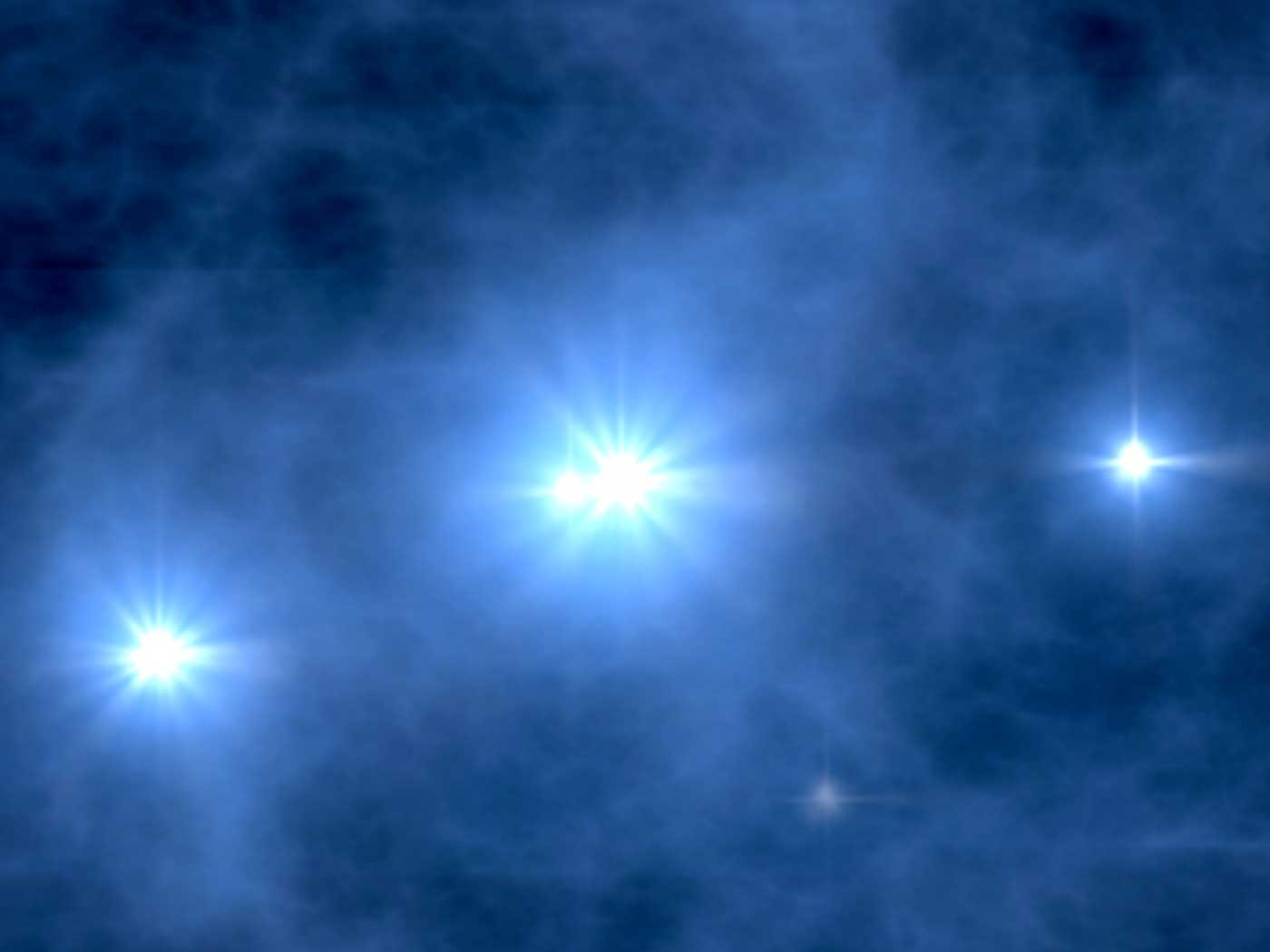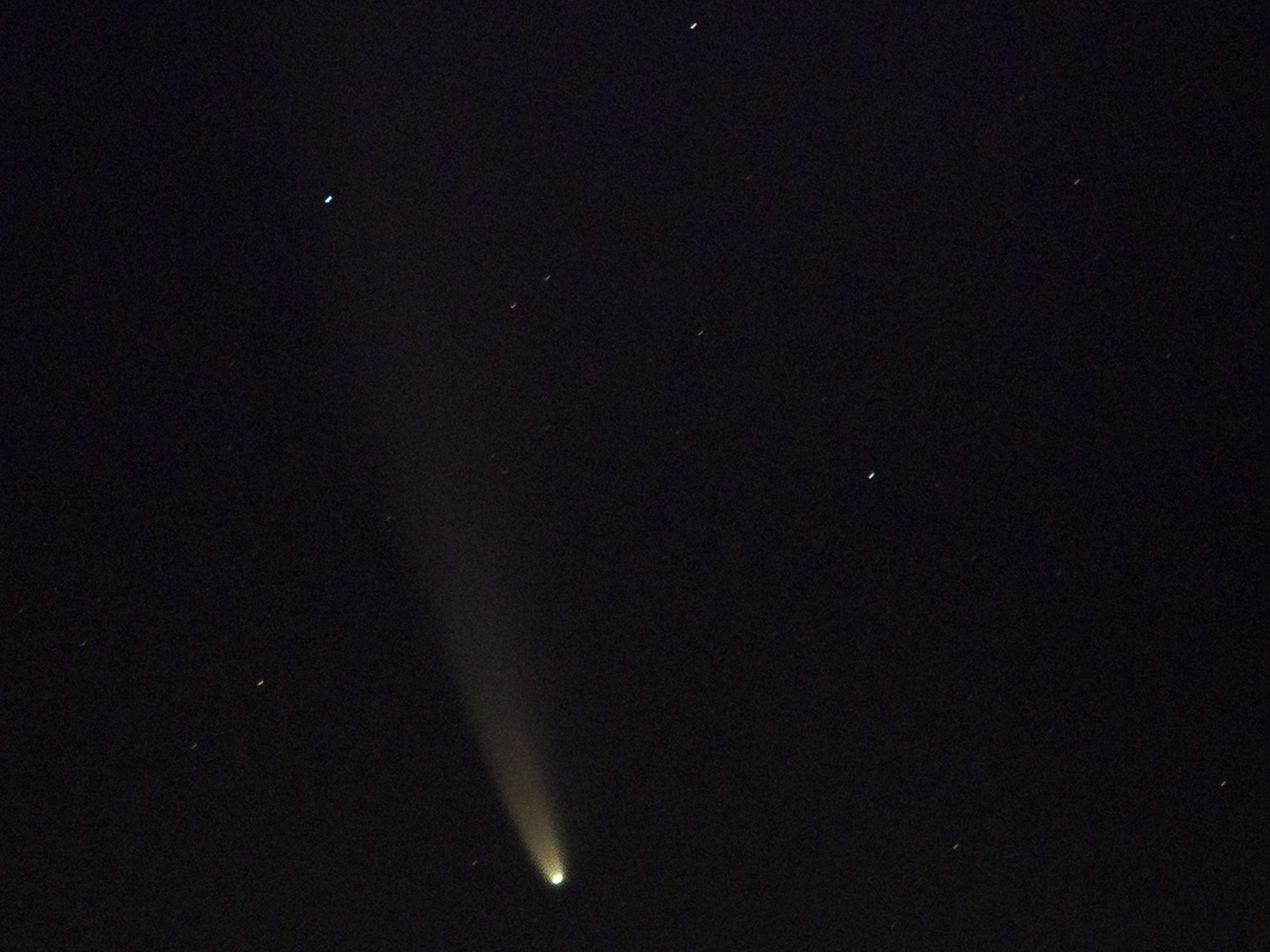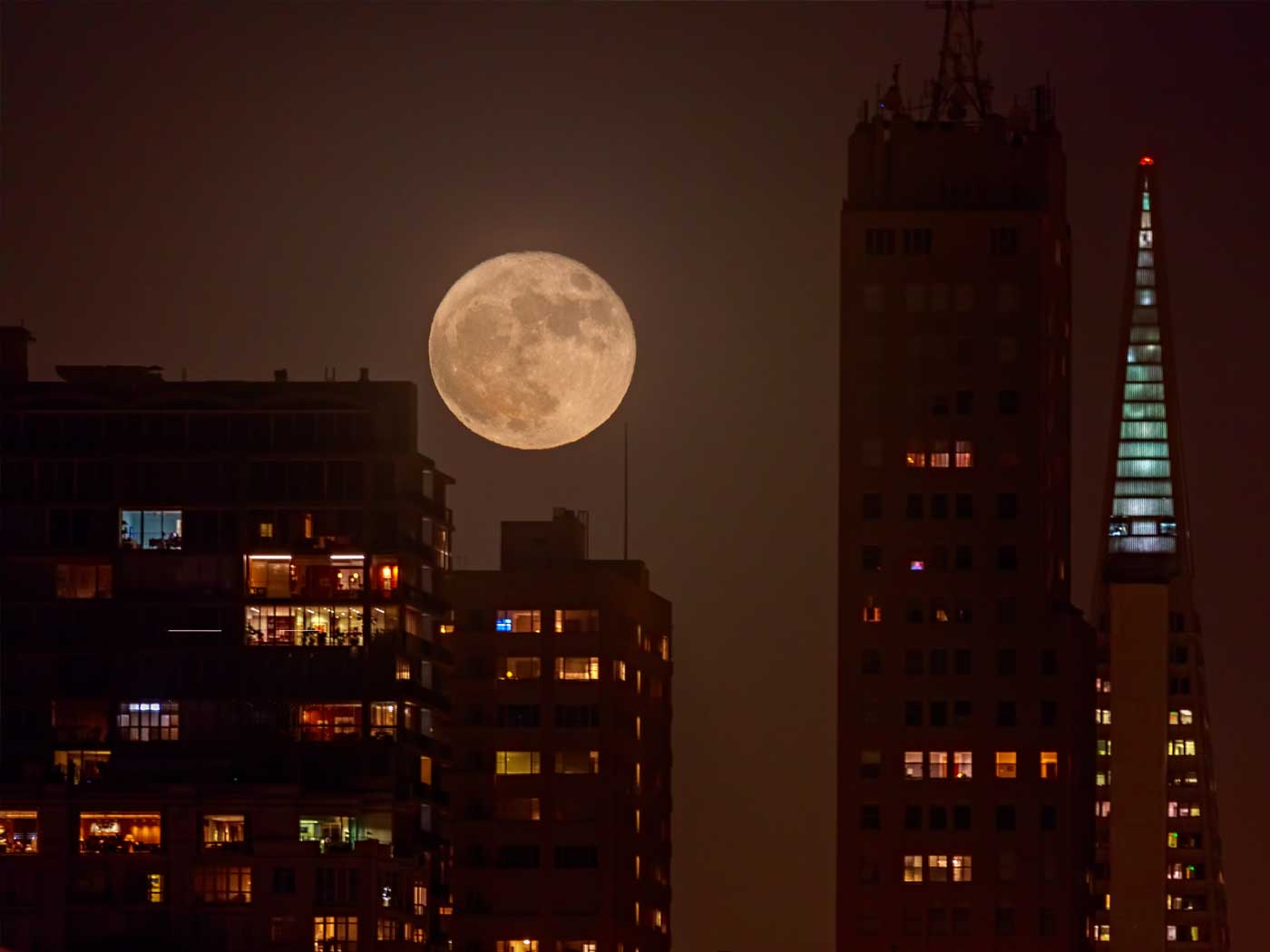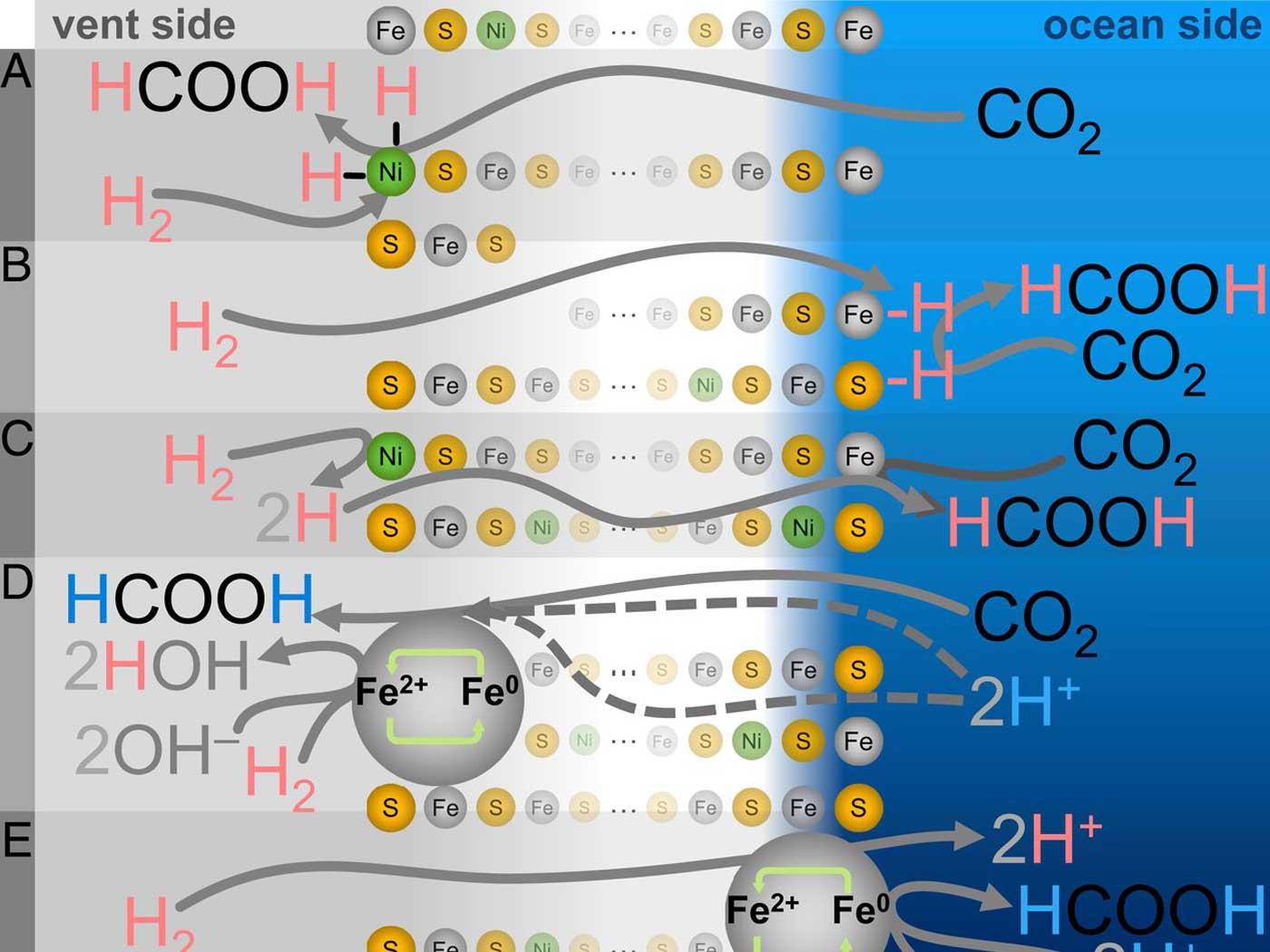The image featured here provides multiple reminders that Saturn and its moons are young. The news release from NASA’s Goddard Space Flight Center stated:
Just how and when the rings [of Saturn] formed remains one of our solar system’s biggest mysteries. Conventional wisdom is that they are as old as the planet, over 4 billion years. But because the rings are so bright—like freshly fallen snow—a competing theory is that they may have formed during the age of the dinosaurs. Many astronomers agree that there is no satisfactory theory that explains how rings could have formed within just the past few hundred million years.1
This age of a few hundred million years is an upper limit based on measurements of cosmic dust made by the Cassini spacecraft in 2018.4 Because the icy particles that make up the rings are continually bombarded by space dust, they should be dark and sooty after billions of years. Instead, since the icy particles are still bright and shiny, they must be relatively young. And if the rings are young, Saturn itself might be young too!
Of course, secular astronomers will resist this conclusion, but they acknowledge that they have no satisfactory explanation for how the rings could form long after the planet itself. David Coppedge, a systems administrator and team leader on the Cassini project, made a revealing statement: "It was clear to me that nothing would dislodge their [secular planetary scientists’] belief in billions of years, but there was a subtext that it would be very troubling to them if the rings turned out to be young.” Coppedge went on to say that “they are flummoxed and dumbfounded by the evidence. They have no explanation, and they admit it.5
This evidence extends beyond Saturn’s rings; strong clues indicate that Saturn’s moons are young, as well. Creationists have long pointed out that the ejection of plumes of icy water from the south pole of Saturn’s moon Enceladus requires energy—energy that should have dissipated eons ago.6,7 Many secular scientists think Enceladus has a subsurface liquid ocean, and maintaining such an ocean over billions of years would also require significant internal energy. Earlier attempts to explain this energy due to a phenomenon called “tidal flexing” were unsuccessful,8 although, a later publication went on to claim that a phenomenon called “resonance locking” might work.9
However, a 2016 paper argued that many of Saturn’s moons—including Enceladus and Mimas, the two moons shown in the recent Hubble picture—can be no more than 100 million years old.10,11 Calculations showed that, assuming the moons are billions of years old, gravitational interactions between the medium-sized Saturnian moons should have influenced the moons’ orbits more than they have. The only way to avoid that conclusion was to assume that energy dissipated by tidal flexing occurred very, very slowly. But such slow energy dissipation cannot provide enough heat to keep Enceladus warm for billions of years!11 That secular scientists are still debating this topic shows that explaining Enceladus’ internal energy is not easy for them. But these and other observations are simple to explain if we accept that our solar system could actually be young.12-15
Remember that the above ages are maximum possible ages, given uniformitarian assumptions. The true ages of Saturn and its moons could be just 6,000 years, consistent with biblical creation—especially after one strips away the uniformitarian, old-universe assumptions. Looking through an unbiased lens, it’s clear: Saturn, its rings, and its moons really do look young.
References
1. Wall, M. Hubble Space Telescope captures summertime on Saturn. Phys.org. Posted on Phys.org July 23, 2020, accessed July 27, 2020.
2. Hubble Takes Portrait of Opulent Ring World. NASA. Posted on Nasa.gov July 26, 2018, accessed July 27, 2020.
3. Andreoli, Claire et al. Saturn’s Rings Shine in Hubble’s Latest Portrait. NASA. Posted on Nasa.gov September 12, 2019, accessed July 27, 2020.
4. Hebert, J. Secular Scientists Dumbfounded by Saturn’s Young Rings. Creation Science Update. Posted on ICR.org January 8, 2018, accessed July 27, 2020.
5. Coppedge, D. F. It’s Official: Saturn’s Rings Are Young. Creation Evolution Headlines. Posted on Crev.info January 3, 2018, accessed July 27, 2020.
6. Coppedge, D. F. 2006. Enceladus: A Cold, Youthful Moon. Acts & Facts 35 (11).
7. Thomas, B. Saturn’s Enceladus Looks Younger than Ever. Creation Science Update. Posted on ICR.org April 9, 2015, accessed July 27, 2020.
8. Hebert, J. Youthful Solar System Bodies Puzzle Evolutionary Scientists. Creation Science Update. Posted on ICR.org February 13, 2013, accessed July 23, 2020.
9. Nimmo, F. et al. 2018. The Thermal and Orbital Evolution of Enceladus: Observational Constraints and Models. In Enceladus and the Icy Moons of Saturn. P. M. Schenk et al., eds. Tucson, AZ: University of Arizona Press: 79-94.
10. Rothery, D. Saturn’s moons may be younger than the dinosaurs – so could life really exist there? The Conversation. Posted at Theconversation.com March 29, 2016, accessed July 27, 2020.
11. M. Ćuk, Luke Dones, and David Nesvorný. “Dynamical Evidence for a Late Formation of Saturn’s Moons,” The Astrophysical Journal 820, no. 2 (March 2016): 97.
12. Atreya, S. K. The Mystery of Methane on Mars and Titan. Scientific American. Posted on Scientificamerican.com January 15, 2009, accessed July 28, 2020.
13. Hebert, J. Titan Receding from Saturn Faster than Expected. Creation Science Update. Posted on ICR.org July 10, 2020, accessed July 28, 2020.
14. Hebert, J. Moon Is Unexpectedly Still Cooling and Shrinking. Creation Science Update. Posted on ICR.org June 6, 2019, accessed July 28, 2020.
15. Hebert, J. Billions of Years of Lunar Rockfalls? Creation Science Update. Posted on ICR.org June 19, 2020, accessed July 28, 2020.
*Dr. Jake Hebert is Research Associate at the Institute for Creation Research and earned his Ph.D. in physics from the University of Texas at Dallas.




